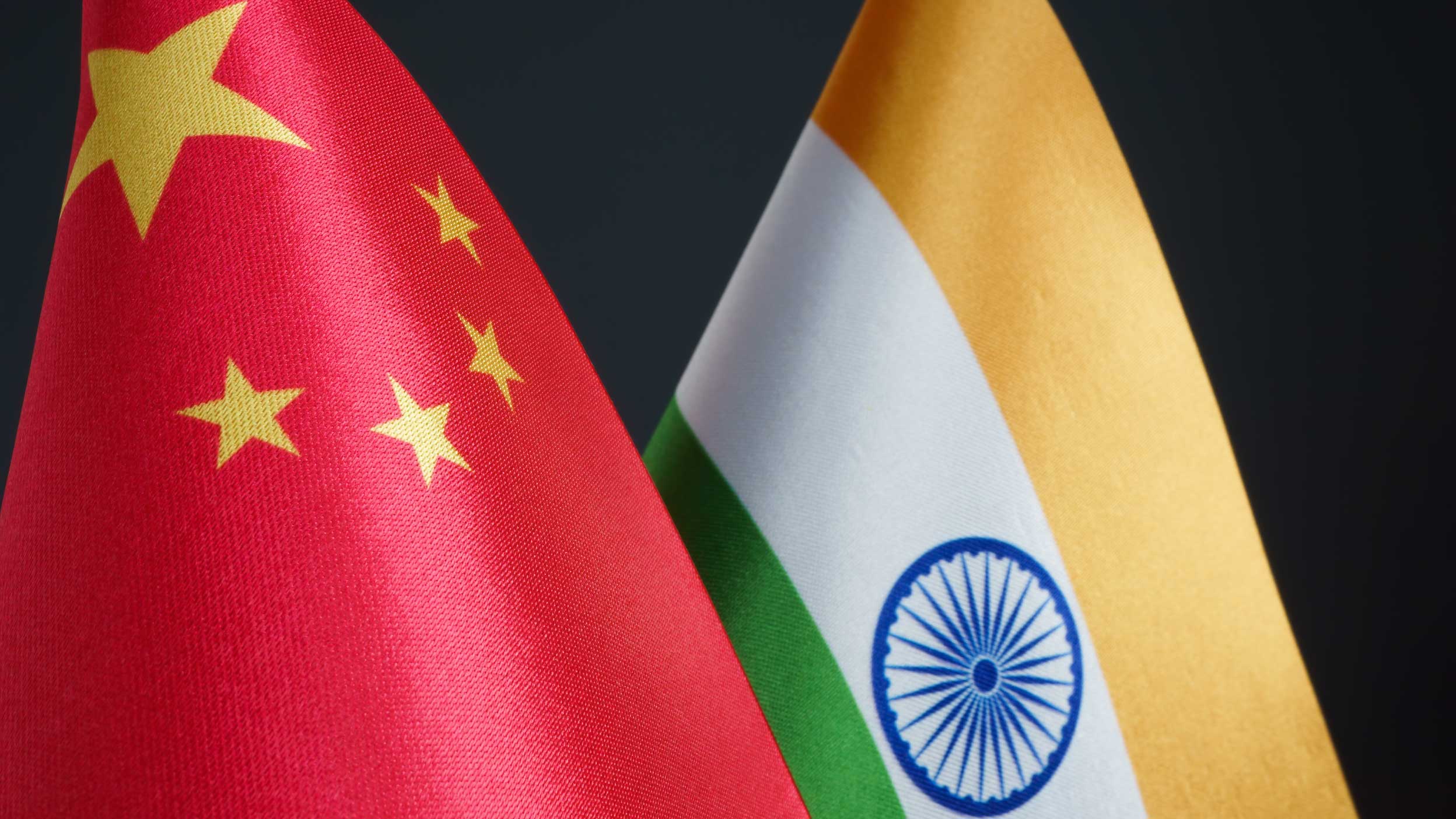
Equities
Why China over India?
Willian Lam, Co-Head Asian & EM Equities shares insights from the team on why they believe there is a contrarian opportunity in being overweight China and underweight India.

Concentration specific risks are reduced when separating China from emerging markets
Emerging markets ex China can be viewed as a nascent version of Asia ex Japan
Removing China from the benchmark increases exposure to IT, financials & energy
Emerging markets ex China are offering investors substantial investment opportunities, helping them diversify portfolios and reduce country concentration risk. Many emerging market portfolios are naturally biased towards China, given the size and depth of the country’s capital market.
Investors are increasingly treating China separately when allocating to emerging market equities because of its unique profile as an investment destination. This strategy gives investors the chance to invest in emerging market equities, and tailor their asset allocation to China accordingly or exclude it completely.
It’s not unusual to remove large individual markets such as China from broad regional equity strategies when they become sizeable. Back in 2001, Japan split from the rest of Asia, when the MSCI launched the Asia ex-Japan index. The move recognised the country’s mature economy and stock market. It acknowledged the changing perceptions of investors that Japan had a different investment profile.
Parallels can be drawn with China today. We can view emerging markets ex China as a nascent version of Asia without Japan.
By excluding China, country concentration risk is reduced in portfolios. The country now represents approximately 30% of the emerging market index from 5% two decades ago. It’s plausible that this weighting will increase as China’s economy reforms and its capital markets deepen. Many investors already have a dedicated equity exposure to China and want to avoid duplication or prefer greater exposure to emerging markets.
The separation also reduces or eliminates any Chinese specific political, regulatory, and geostrategic risks and other specific ESG considerations. Clients can either manage these specific risks separately or eliminate the direct China risk factor entirely.
While negative macro or political events are often a source of opportunity for investors, unexpected regulations have caused investor apprehension about investing in China. The regulations were part of President Xi’s ‘common prosperity’ plan and included targeting anti-trust practices, data security rules and measures to safeguard employees and families.
These have spurred fluctuations in asset prices, especially in the technology, entertainment, and educational sectors. Investors may wish to avoid this specific risk without having to sell the remaining 70% of their emerging markets exposure.
By removing China from the benchmark, exposure increased to IT, which makes up 27% of the MSCI EM ex China index and financials (24%) and energy (6%). Allocation to consumer discretionary and communication services, most of which is in China’s internet is reduced.
Source: Invesco, Bloomberg. As of 31 December 2023
Within IT, semiconductors increase the most by 3.5 percentage points. And within materials, both commodity chemicals and steel increase by around 1 percentage point. The absolute size of materials in the index is well diversified across a few different commodities, each with their own product cycles.
Looking at the index differences by country and region, removing China results in modestly higher exposure to EMEA and Latin America. Of course, as active managers we don’t necessarily adhere to these allocation differences, rather we lean into areas that have opportunity. Although, our emerging markets ex China strategy does favour Brazil and Mexico.
The index without China also results in over a 10% lower exposure to Asia, but with higher exposure to all non-China countries in Asia. India, South Korea, Taiwan, Brazil, and Saudi Arabia increase the most.
Source : Invesco, Bloomberg. As of 31 December 2023
In places like Taiwan and South Korea, there is currently some excitement around the launch of AI-related opportunities. We believe the level of semiconductor demand needed to support the growth of AI has not been fully priced into the mega cap Asian tech stocks. Our strategy favours areas which benefit directly and indirectly from favourable consumer trends, including technology, autos, healthcare and banking/insurance.
In South Korea, there are also improvements in corporate governance and dividend pay-outs are being underappreciated by the market. In 2024 we expect to see a positive turn in the semiconductor cycle and a pick-up in earnings growth from the trough.
Excluding Chinese equities does not necessarily come at the expense of performance. Over the last decade, both China and emerging ex China equities have delivered similar returns.
Past performance is not a guide to future returns. Source: Bloomberg as at 24 January 2024.
However, China has significantly underperformed over the past few years. There are ample stock picking opportunities within emerging markets without China to continue generating excess returns.
We strive to provide capabilities that cater to different client allocation needs. China and other emerging markets offer attractive stock picking opportunities and can be combined or viewed on their own merits. Emerging markets without China can be considered as a nascent version of Asia ex Japan and we believe investors should have the option to choose what’s most suitable to them.
An active fund of around 40 companies in emerging markets outside China derived through bottom-up analysis, and with a tight focus on valuation.

Why China over India?
Willian Lam, Co-Head Asian & EM Equities shares insights from the team on why they believe there is a contrarian opportunity in being overweight China and underweight India.

Asian stocks set to outperform
Asian stocks, as a group, have underperformed relative to other stock markets in recent years. According to Invesco's Asia-focused fund manager, there is reason for investors to refocus their attention on the region.

Indian equities - the fundamentals, trends and beyond (Part 3)
The Indian stock market has demonstrated robust growth, resulting in above-average valuations. Read on to learn the reasons behind this.
The value of investments and any income will fluctuate (this may partly be the result of exchange rate fluctuations) and investors may not get back the full amount invested.
Data as at 14th December 2023.
This is marketing material and not financial advice. It is not intended as a recommendation to buy or sell any particular asset class, security or strategy. Regulatory requirements that require impartiality of investment/investment strategy recommendations are therefore not applicable nor are any prohibitions to trade before publication.
Views and opinions are based on current market conditions and are subject to change.